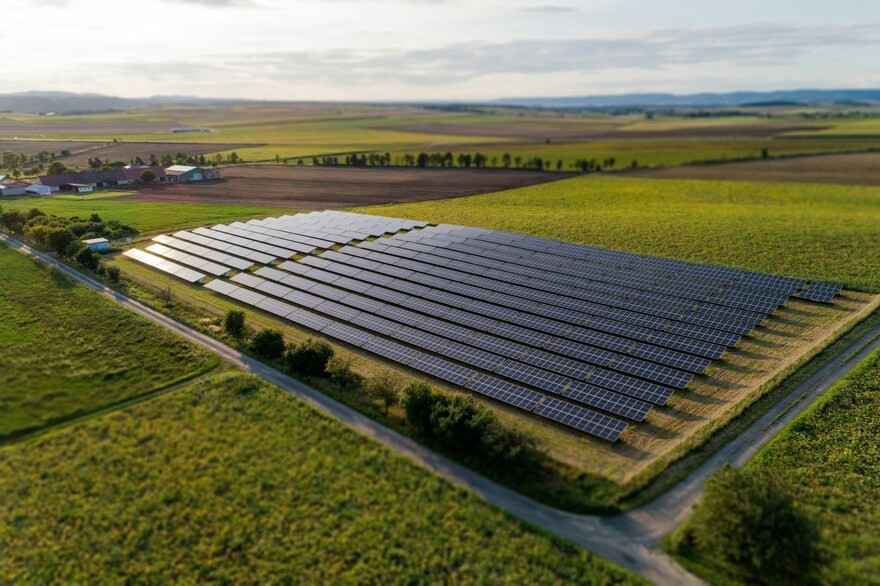
Green Hydrogen: The Future of Clean Energy
As the world grapples with the urgent need to mitigate climate change, green hydrogen emerges as a beacon of hope, promising to revolutionize the energy landscape. Unlike traditional fossil fuels, green hydrogen offers a sustainable, carbon-free alternative that could play a pivotal role in achieving global decarbonization goals.
Unlike traditional fossil fuels, green hydrogen offers a sustainable, carbon-free alternative that could play a pivotal role in achieving global decarbonization goals.
What is Green Hydrogen?
Green hydrogen is hydrogen produced through the process of electrolysis, where water (H₂O) is split into hydrogen (H₂) and oxygen (O₂) using electricity generated from renewable sources like wind, solar, or hydroelectric power. This process distinguishes green hydrogen from other forms of hydrogen production, such as gray hydrogen, which is derived from natural gas and emits significant amounts of CO₂, and blue hydrogen, which also comes from natural gas but incorporates carbon capture and storage (CCS) to reduce emissions.

The Potential of Green Hydrogen
Green hydrogen’s potential lies in its versatility and its ability to integrate with various sectors. Here are some key areas where green hydrogen can make a significant impact:
- Energy Storage: One of the major challenges with renewable energy sources is their intermittent nature. Solar and wind power generation depend on weather conditions, leading to fluctuations in energy supply. Green hydrogen can act as a form of energy storage, allowing excess electricity generated during peak production times to be stored and used later when production is low. This capability can help stabilize the grid and ensure a consistent energy supply.
- Industrial Applications: Many industrial processes, such as steel and cement production, require high temperatures and currently rely heavily on fossil Green hydrogen can replace these carbon-intensive fuels, significantly reducing the carbon footprint of these industries. For example, hydrogen can be used directly in high-temperature furnaces or as a feedstock in chemical processes, offering a cleaner alternative to traditional methods.
- Transportation: The transportation sector is a major contributor to global carbon emissions. Green hydrogen can be used in fuel cells to power vehicles, providing a clean alternative to gasoline and Hydrogen fuel cell vehicles (FCVs) produce only water vapor as a byproduct, making them an attractive option for reducing transportation emissions. Moreover, hydrogen can be used for long-haul trucking, buses, and even aviation, where battery limitations pose significant challenges.
-
Power Generation: Hydrogen can be used in gas turbines to generate electricity, either by blending with natural gas or as a standalone fuel. This approach can decarbonize power generation and complement other renewable energy sources. Hydrogen-fired power plants can also provide backup power, ensuring reliability and grid stability during periods of low renewable energy production.
Challenges and Opportunities
While the potential of green hydrogen is immense, several challenges must be addressed to realize its full benefits. The primary challenge is the cost. Producing green hydrogen is currently more expensive than gray or blue hydrogen due to the high cost of electrolysis and renewable electricity. However, as renewable energy costs continue to decline and electrolyzer technologies advance, the cost gap is expected to narrow.
Infrastructure is another critical hurdle. A widespread hydrogen economy requires significant investments in production facilities, storage systems, and distribution networks. Developing these infrastructures will require coordinated efforts from governments, industries, and investors.
Despite these challenges, the opportunities for green hydrogen are vast. Governments worldwide are recognizing the potential of green hydrogen and are beginning to implement policies and incentives to support its development. For instance, the European Union has set ambitious targets for hydrogen production and is investing heavily in research and infrastructure. Similarly, countries like Japan, South Korea, and Australia are making significant strides in developing their hydrogen economies.
Conclusion
Green hydrogen stands at the forefront of the clean energy revolution, offering a sustainable solution to some of the most pressing challenges of our time. Its versatility and ability to integrate with various sectors make it a cornerstone of future energy systems. As technological advancements continue and costs decrease, green hydrogen is poised to become a key player in the transition to a low-carbon, sustainable future. Embracing green hydrogen today will pave the way for a cleaner, more resilient energy landscape tomorrow.

